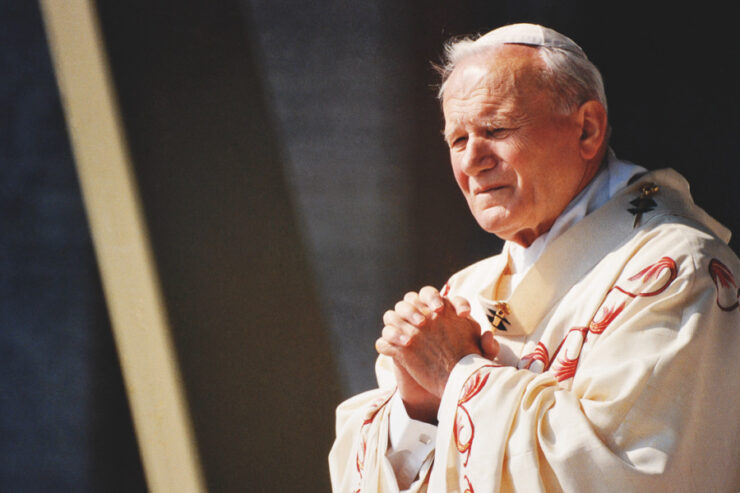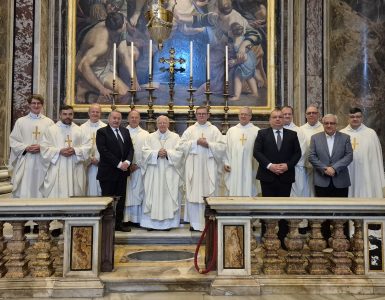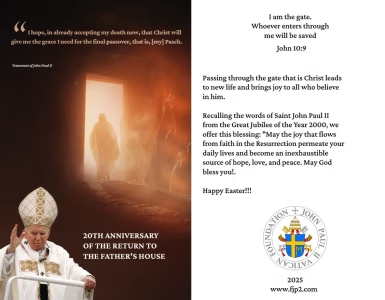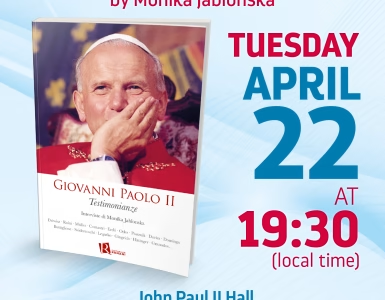The crisis between the state and the Church became even more dramatic during the millennium celebrations organized to commemorate the anniversary of the baptism of Poland and at the same time the creation of the state. Well, on the one hand, under pressure from the leaders from the Kremlin, who had just got rid of Khrushchev, and on the other hand, because of the Polish government’s fear that the Church could monopolize the anniversary, religious celebrations were boycotted, while impressive secular celebrations were organized.
Undoubtedly, it was a great success of the Polish Church. Everywhere the same strategic principle was applied. In each diocese in which events related to the celebration of the Millennium were organized, all Polish bishops were present, headed by Primate Wyszyński.
Each time it was a purely religious, spiritual manifestation, having no signs of provocation, much less political character. And yet, thanks to the impressive participation of huge crowds of the faithful and the presence of the entire episcopate, they had a great significance in the public sphere and each time strengthened the Catholic Church. In this way, Cardinal Wyszyński practically became the leader of the nation. At the same time, the authorities were increasingly losing touch with reality, and the communist ideology was revealing its true face, completely alien and hostile to the nation. Towards the Polish nation, which for a thousand years has been creating and maintaining its own identity and culture on the basis of Christian values.
“The streets and squares do not belong only to the Communists; they also belong to us” – said Archbishop of Krakow Karol Wojtyła. This way, he once again demanded for the Catholic community the right to be present in public space and the right of believers to freely profess their faith. Also outside the walls of churches
With the permission of Cardinal Stanisław Dziwisz – “At the side of the Saint”
St. Stanislaw BM Publishing House, Krakow 2013





